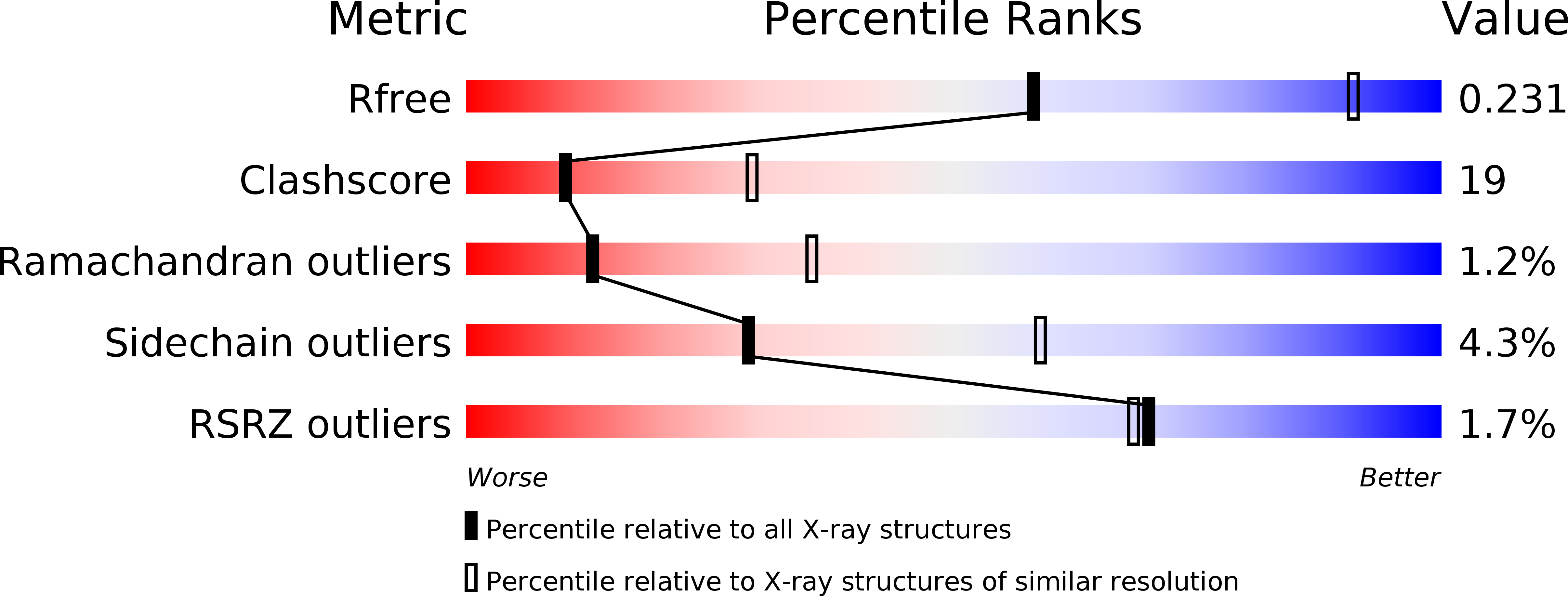
Deposition Date
2003-08-01
Release Date
2003-10-28
Last Version Date
2024-04-03
Entry Detail
PDB ID:
1Q46
Keywords:
Title:
crystal structure of the eIF2 alpha subunit from saccharomyces cerevisia
Biological Source:
Source Organism:
Saccharomyces cerevisiae (Taxon ID: 4932)
Method Details:
Experimental Method:
Resolution:
2.86 Å
R-Value Free:
0.23
R-Value Work:
0.21
R-Value Observed:
0.22
Space Group:
P 43 21 2


